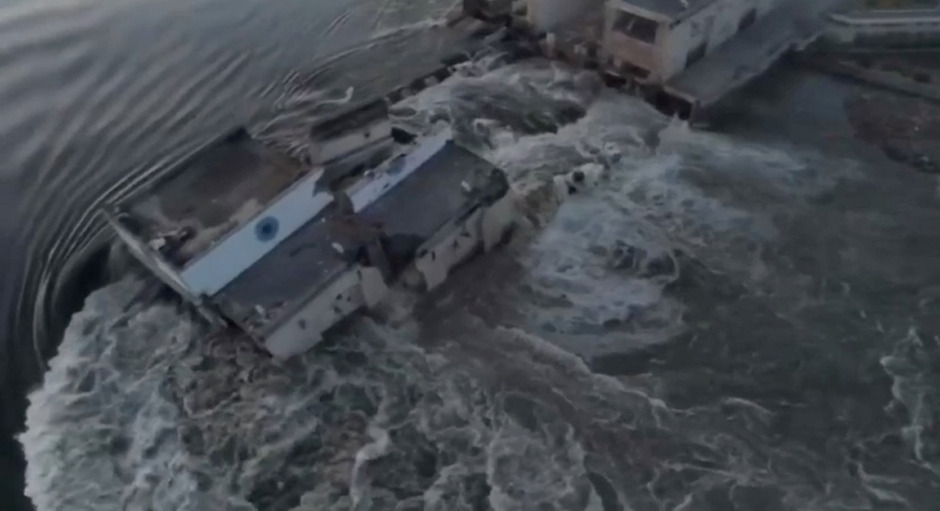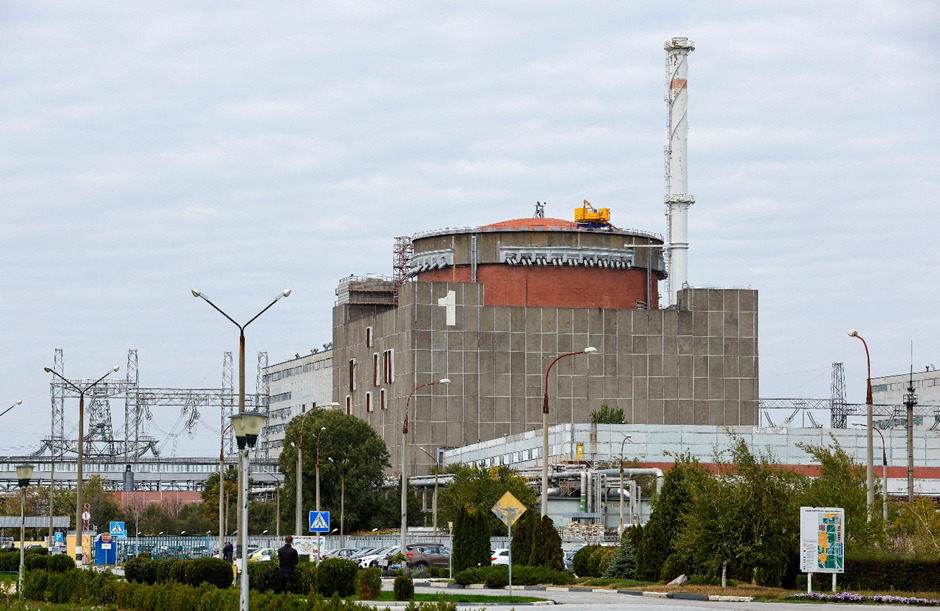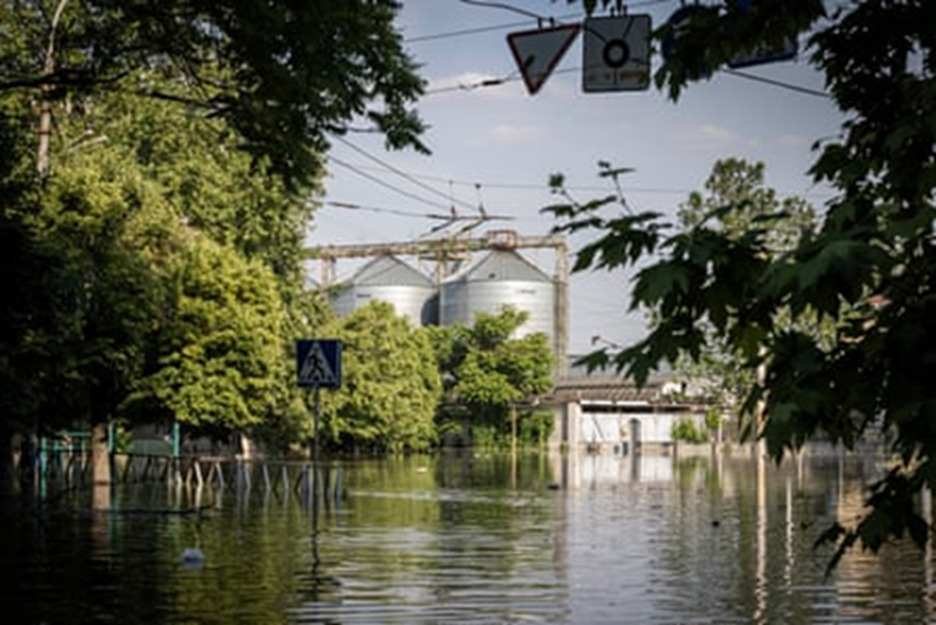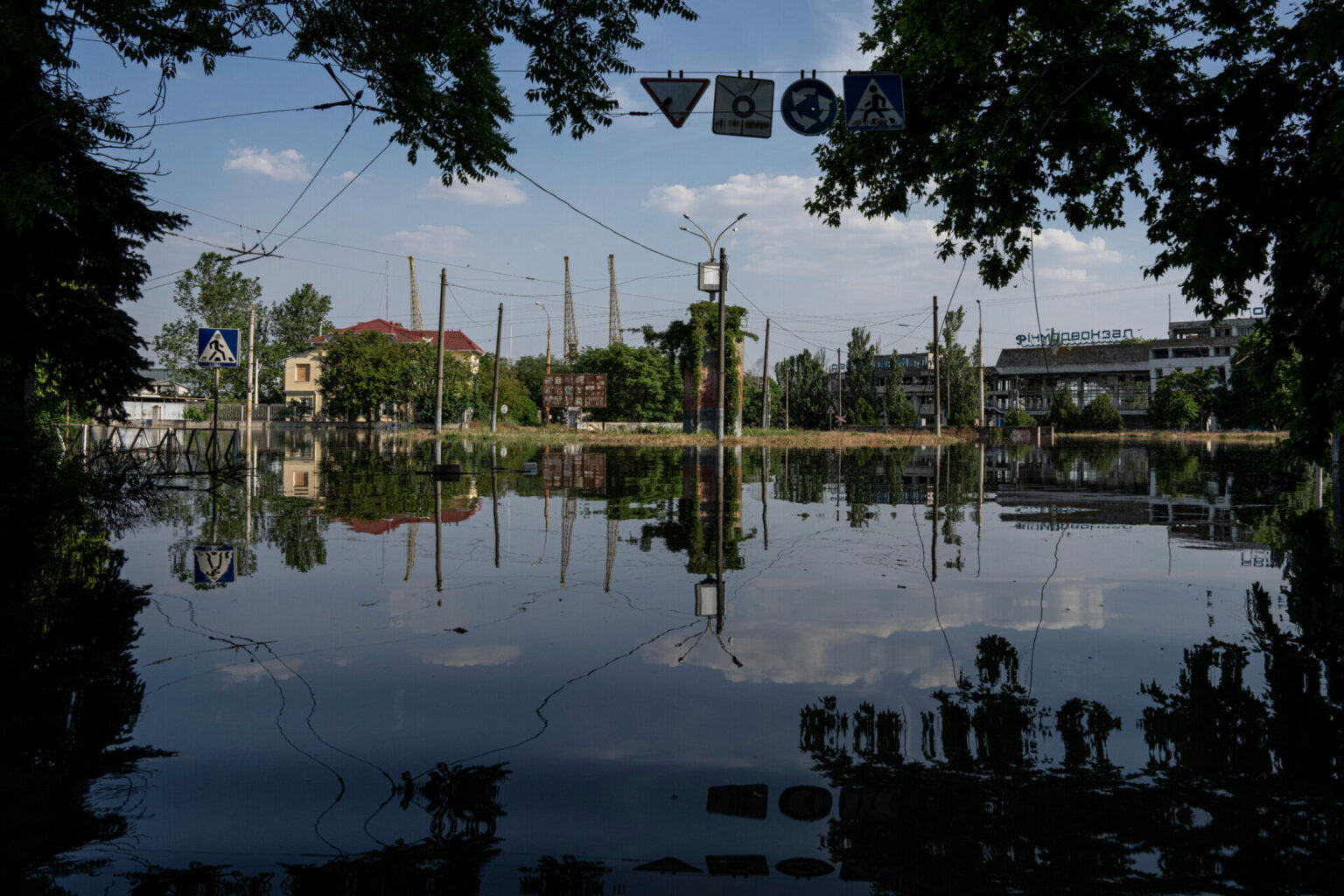A major dam in Ukraine was breached on Tuesday, unleashing a flood in Ukraine’s Kherson region. Both Russia and Ukraine have accused each other of blasting the dam as the flood poses biggest disaster that Ukraine has faced since Chornobyl.
The Kakhovka Hydroelectric Power Plant located in Nova Kakhovka city of Ukraine’s Kherson region was breached on Tuesday, unleashing a devastating flood in the region and displacing thousands of people. Images and videos show the dam breaching as violent waters gush through the breach downstream towards Kherson. The dam was built in the Soviet era, and is controlled by Russia since the region is currently under Russian occupation.

Both Russia and Ukraine have absolved themselves of any involvement in the incident, while accusing the other of attacking the dam. The Nova Kakhovka dam provides cooling water for Zaporizhzhia, Europe’s biggest nuclear plant. The breach of Nova Kakhovka endangers the safety of the nuclear plant, posing the biggest disaster to Ukraine since the nuclear meltdown at Chornobyl in 1986.
Environmental Catastrophe
As per experts, the magnitude of damage inflicted by the breach and the subsequent floods will be determined by assessing the amount of water released by the breach and the amount of damage to the barrier of the dam. As of Wednesday morning, none of these two parameters are known to the authorities. Ukrainian scientists will wait for the water to subside before conducting further investigations into the environmental impact of the disaster.
Annalena Baerbock, Germany’s foreign minister, held the Russian offensive on and occupation of Ukraine responsible for the partial collapse. Baerbock termed the incident as an “environmental catastrophe.”
Zaporizhzhia Nuclear Plant in Danger
The breach of Kakhovka dam might lead to a disastrous effect on Zaporizhzhia nuclear plant, which is the Europe’s largest and among the world’s top 10 largest nuclear plants. The nuclear plant draws water from Kakhovka reservoir for its cooling pools and operates the diesel generators. However, if the reservoir depletes to a severe extent as a result of the breach, it might shut down the cooling systems of Zaporizhzhia nuclear plant which could be catastrophic.

According to a tweet by the International Energy Agency, there is no “immediate nuclear safety risk” as the plant is 160 kilometres upstream of the reservoir, and is not in direct line of the floods. Additionally, the cooling pools are already full, but might not remain so. The IEA states that its experts at Zaporizhzhia are closely studying the situation.
Other Ecological Threats
Ostap Semerak, the former minister of ecology stated that while the nuclear plant is currently safe, other threats could emerge in the subsequent days or weeks. Water supplies as well as irrigation could be endangered for nearby regions. The breach has flooded national parks and engulfed petrol stations, farms, cities, etc. These contaminated waters can flow into the Black Sea with agrochemicals and oil products, also threatening to release agrotoxins and petrochemicals into the Black Sea.

Contamination of the Black Sea will impact several neighbouring nations such as Turkey, Bulgaria, Georgia, and Romania. Semerak posited that this might just be the worst environmental catastrophe in Ukraine since 1986’s Chornobyl incident.
Potential Charges of “Ecocide”
In the coming days, if Russian intervention in the dam breach is proven, it could invite charges of “ecocide” against Russia under Criminal Code of Ukraine’s article 441. This claim was made by the director of the Ukrainian Environment People Law NGO, Olena Kravchenko.
Ecocide entails the severe destruction of ecological or natural environment. It is a crime in 10 countries including both Russia and Ukraine, while it was not adopted into the International Criminal Court’s statute that includes genocide, war crimes, etc. While a potential ecocide looms large, the floods continue to unleash havoc upon the region.













